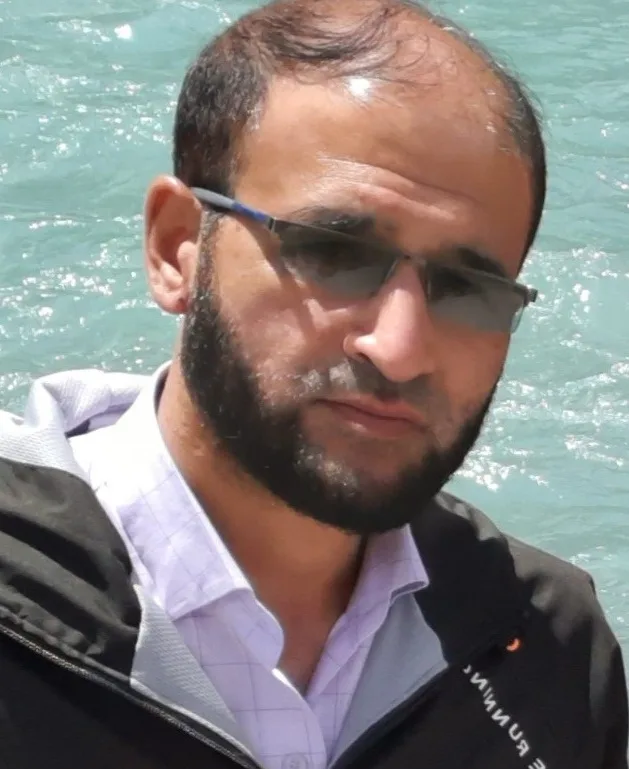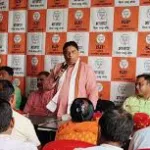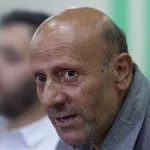Intellectual Revolution of the Prophet (SA‘AS)
The knowledge revolution initiated by the Prophet (SA‘AS) through the Divine Revelation has thus remained the hallmark of the Muslim intellectual tradition throughout the ages
Intellect, reason and rationality define the distinction which humans have been created with by God. Although these faculties have been kept inside them, but these continue to develop and progress when humans interact with the environs which they find themselves in. However, there are inbuilt capabilities which become the media for the growth of these faculties in humans.These faculties continue to develop with the development of a person. However, this development enhances when the faculty concerned receives some stimulus from without.
Without stimulus the faculty may wither out or stagnate. The importance of these faculties can be gauged from the fact that God has mentioned these with man’s birth and this has been hinted to that man’s distinction lies in the utilisation of these faculties and man has been instructed to be grateful to his Lord: “It is He Who brought you forth from the wombs of your mothers when you knew nothing; and He gave you hearing and sight and intelligence and affections: that you may give thanks (to Allah).” (al-Nahl, 78)
Although the basic concern of every Prophet (‘AS) of God had been the Life Hereafter, but they had always tried to eradicate the general “ignorance” (jahalah) of their people. This approach used to help them to free the people from the clutches of superstition, which used to be the main obstacle in making people understand the message of monotheism (tauhid).
This is because the call of monotheism never used to be a sentimental or devotional appeal to the people which the Prophets (‘AS) of God were raised in. This call instead has been addressed to the intellect and reason of men to understand first and then to follow. Had it been a sentimental call, the Prophets (‘AS) would indeed have been crowd-pullers. This is how Qur’an highlights the intellectual foundation of the call of monotheism: “There is no god but He: that is the witness of Allah, His angels, and those endued with knowledge.” (Al-i ‘Imran, 18)
This intellectual basis of monotheism was vigorously emphasized by (abu al-anbiya’) the Father of Prophets (‘AS), Ibrahim (‘AS) throughout his Prophetic Mission.His argumentation with his people vis-a-vis different heavenly bodies (star, theMoon and the Sun) should be seen in this backdrop. It was not in any way his (Ibrahim’s) involvement in their polytheistic practices; it was rather his intellectual challenge to their pantheon. He rounded off the argument as: “For me, I have set my face, firmly and truly, toward Him Who created the heavens and the earth, and never shall I give partners to Allah.”(al-An‘am, 79)
Ibrahim (‘AS) used this intellectual argumentation on every level. He even challenged the King and confounded him: “Have you not turned your vision to one who disputed with Abraham about his Lord, because Allah had granted him power? Abraham said: My Lord is He Who gives life and death. He said: I give life and death. Said Abraham: But it is Allah that causes the sun to rise from the East: do you then cause it to rise from the West? Thus was he confounded who (in arrogance) rejected Faith.”(al-Baqarah, 258)
This argumentation, however, should not go out of bounds and it should be carried out with wisdom: “Invite (all) to the Way of your Lord with wisdom and beautiful preaching; and argue with them in ways that are best and most gracious.” (al-Nahl, 125)
This intellectual tradition of Prophet Ibrahim (‘AS) became the heritage for the Last Prophet (SA‘AS) of God. It is worth mentioning here that the Arabs, especially the Quraysh, as the progeny of Prophet Ibrahim (‘AS), cherished penmanship, though a meagre proportion of them could read and write. Poetry and oratory, both related to intellectual tradition, were very dear to them.
The Prophet Muhammad (SA‘AS) himself, however, couldn’t read or write. Nevertheless, the book (Qur’an) which was revealed to him, being a compendium of knowledge required by humanity, gave such an importance to knowledge that it began with “read” (iqra’ in Arabic), thereby emphasizing and prioritising knowledge. It is very interesting to note here that while initiating the Prophetic Revolution with the mention of “reading,” the whole historical process of knowledge has been highlighted.
These special verses of the Qur’an read like this: “Read (or Proclaim!) in the name of your Lord and Cherisher, Who created. Created man, out of a (mere) clot of congealed blood. Proclaim! And your Lord is Most Bountiful. He Who taught (the use of) the Pen. Taught man that which he did not know.” (al-‘Alaq, 1-5) It means not only the “process of knowledge” (iqra’, read) has been mentioned, but the basic “instrument of knowledge” (qalam, pen) has also been emphasized.
As soon as the revelation started coming down to the Prophet (SA‘AS), arrangements were made for its preservation through different kinds of writingmaterial, which included smooth (slate) stones, animal hides, tree barks (and leaves), shoulder bones of camels, etc. Side by side, the believers started memorizing the Qur’anic revelation. It is worth mentioning here that the Prophet (SA‘AS) assigned the duty of writing down the Qur’anic revelation to some of his trustworthy Companions who were called “scribes” (katibin-iwahy).
Besides, the Companions would ask questions to the Prophet (SA‘AS) regarding different issues on or about the message of the Qur’an. As such, not only was the Qur’an written down and memorized, but its illustration and explanation (early exegesis, tafsir) was also learned from the Prophet (SA‘AS).
In this way, when the Prophet (SA‘AS) passed away in 632 CE, the Muslim Ummah had been able to fully preserve the Word of God, not only in written and memorized form, but it had also succeeded in getting answers to thousands of questions regarding the revelation from the Prophet (SA‘AS). It was indeed a “knowledge explosion” quite during the pious age of the Prophet (SA‘AS) himself.
This knowledge revolution during the time of the Prophet (SA‘AS) was multi-dimensional. Take, for example, the case of those Companions of the Prophet (SA‘AS) who, due to least or no provisions of life, resided in the Prophet’s Mosque (Masjid al-Nabawi) in Madinah. A floor was raised for them which served as lodging for them. They were called as-hab al-suffah (Companions of the Raised Floor) because of this peculiar lodging.
This lodging served as a “residential/boarding school/college” for them. Day in and day out, they received the Prophetic wisdom/knowledge in the form of Qur’anic explanations and his sayings. Their provisions were met out by the well-to-do Companions of the Prophet (SA‘AS). There is a misconception that they had “renounced” the world.
However, the case is totally different. These Companions of the Prophet (SA‘AS) instead lived an active life. They were used as punitive forces by the Prophet (SA‘AS) whenever any miscreants attacked Madinah. It is interesting that Abu Hurairah (R‘A), one of the major Hadith narrators was one amongst them.
It is quite interesting to note that both men and women became seekers of knowledge by the inspiration and encouragement of the Prophet (SA‘AS). Among the ladies, Sayyidah ‘Aishah (‘RA), the Mother of the Believers, achieved a prominent status in the dissemination of the Prophetic Lore.
Having become the Member of the Prophetic Household (ahl al-bay‘ah) at a quite young (creative) age, Sayyidah ‘Aishah (R‘A) not only became one of the major Hadith narrators, but also became a great illustrator of the Prophetic Wisdom. She continued to spread this knowledge for about half a century after the passing away of the Prophet (SA‘AS).
This knowledge seeking and knowledge dissemination didn’t remain confined to the Prophetic Household alone. Shifa’ bint ‘Abdullah was a learned and pioneering Muslim woman during the time of the Prophet (SA‘AS). She embraced Islam early and migrated to Medinah. There she came to be known as al-Shifa’ meaning “the Healer.” This is due to her expertise in naturopathy and folk medicine.
The Prophet (SA‘AS) entrusted her with the task of teaching his wife, Hafsah (R‘A)how to read and write. After the Prophet’s (SA‘AS) time, Sayyiduna ‘Umar (R‘A) appointed her as the first woman (market inspector) to oversee market affairs of Madinah, thereby establishing a significant precedent for women in public administration.
This knowledge revolution initiated by the Prophet (SA‘AS) through the Divine Revelation has thus remained the hallmark of the Muslim intellectual tradition throughout the ages.
(Author is Sr. Assistant Professor Islamic Studies GDC Sogam Lolab Kupwara. Feedback: [email protected])




